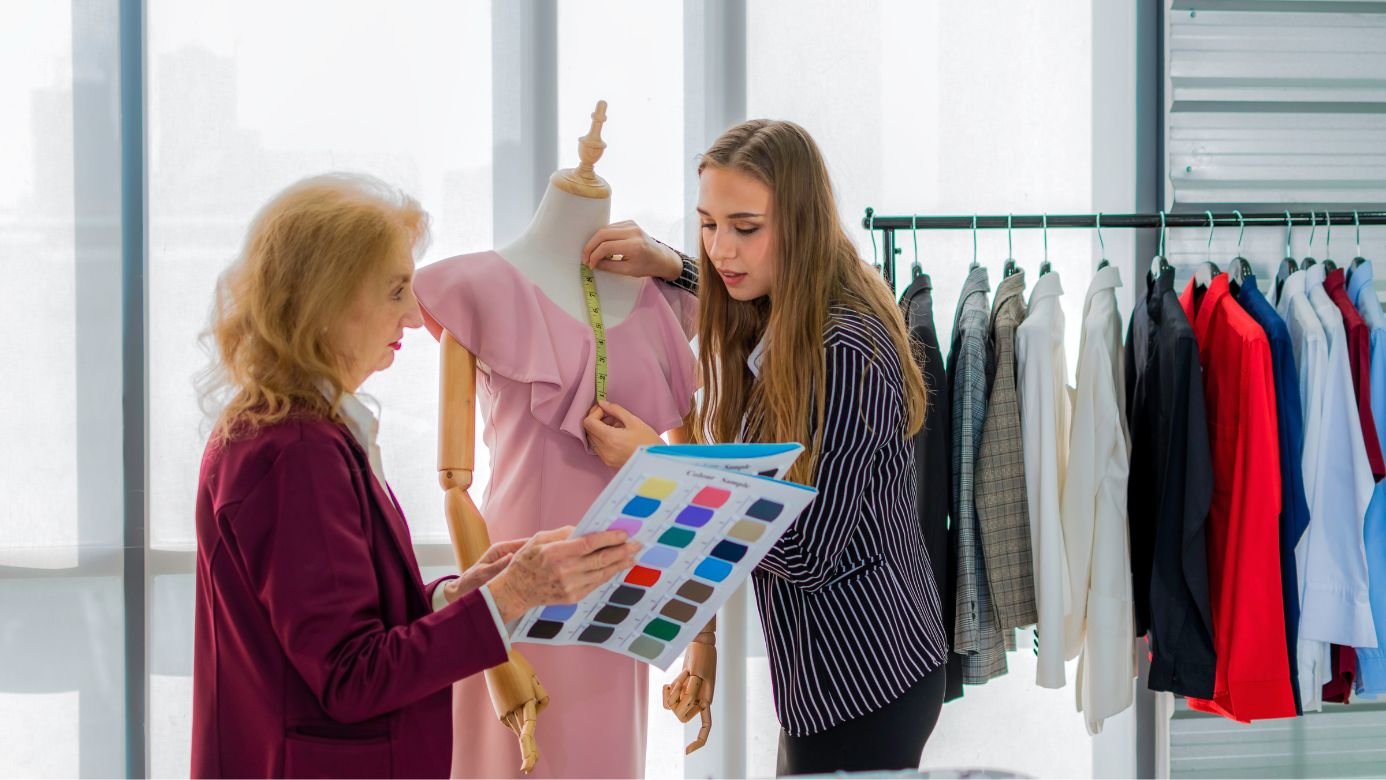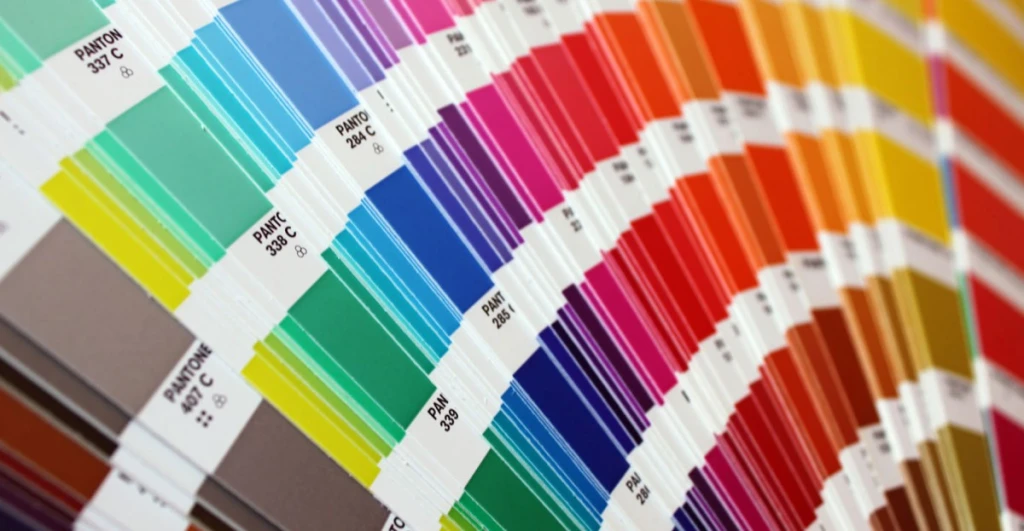Color plays a powerful role in fashion, influencing how an outfit looks, feels, and even how it’s viewed by others. Understanding color theory can help you create harmonious ensembles, highlight your best features, and express your personal style with confidence. From complementary shades to bold contrasts, knowing how to mix and match colors allows you to make smarter wardrobe choices and elevate even the simplest outfits. In this guide, we’ll explore the basics of color theory in fashion, share tips for selecting the perfect palette, and show you how to use color strategically to make every outfit pop. It doesn’t matter if you’re dressing for work, a night out, or casual everyday wear, mastering color combinations can transform your wardrobe and boost your style game.

Understanding the Basics of Color Theory
Color theory is the foundation of creating visually appealing and harmonious outfits. At its core, it’s the study of how colors interact, complement, or contrast with one another. Understanding primary colors (red, blue, yellow), secondary colors (green, orange, purple), and tertiary colors (combinations of primary and secondary) helps you make intentional wardrobe choices. Color theory also considers concepts like warm vs. cool tones, saturation, and brightness, which can influence how a color looks on you and how it’s perceived by others. By grasping these basics, you can mix and match pieces confidently, avoid clashing colors, and create outfits that look compatible and stylish. Whether you’re aiming for casual attire, professional wear, or statement looks, a solid understanding of color theory ensures that your fashion choices are deliberate and visually striking, helping you express your personal style with impact.
Choosing Colors That Flatter Your Skin Tone
Selecting colors that complement your skin tone can instantly elevate your look and enhance your natural features. The first step is identifying whether your undertone is warm, cool, or neutral. Warm undertones often pair beautifully with earthy shades like oranges, yellows, and warm reds, while cool undertones shine in blues, purples, and jewel tones. Neutral undertones have the flexibility to wear a wider range of colors effectively. Beyond undertones, consider contrast levels—lighter shades can brighten darker skin, while deeper hues can add richness to lighter complexions. Accessories and makeup can also be coordinated to enhance the overall palette. Experimenting with different shades helps you discover which colors make you feel confident and vibrant. By choosing colors made for your skin tone, you can create harmonious outfits that highlight your best features and ensure every ensemble looks polished and intentional.
Mixing Patterns and Colors Without Clashing
Mixing patterns and colors can elevate your style, but it requires balance to avoid clashing. Start by choosing a color palette that harmonizes your pieces, using complementary or analogous colors helps maintain cohesion. When combining patterns, vary their scale; pair a bold, large print with a subtle, smaller one to create visual interest without overwhelming the outfit. Stick to one statement piece at a time, whether it’s a patterned top, skirt, or accessory, and keep the rest of your outfit more neutral. Stripes, polka dots, florals, and checks can work together if the colors align, so focus on repeating one or two shared tones across patterns. Textures also play a role, mixing different fabrics can add depth while keeping your look stylish. With these tips, you can confidently blend patterns and colors, creating eye-catching, balanced outfits that showcase your fashion sense.
Conclusion
Mastering color theory and pattern mixing can transform your wardrobe, making every outfit look intentional and stylish. By understanding your skin tone, seasonal palettes, and how colors interact, you can confidently create cohesive, eye-catching looks. With these principles, fashion becomes a tool for self-expression and effortless style.

